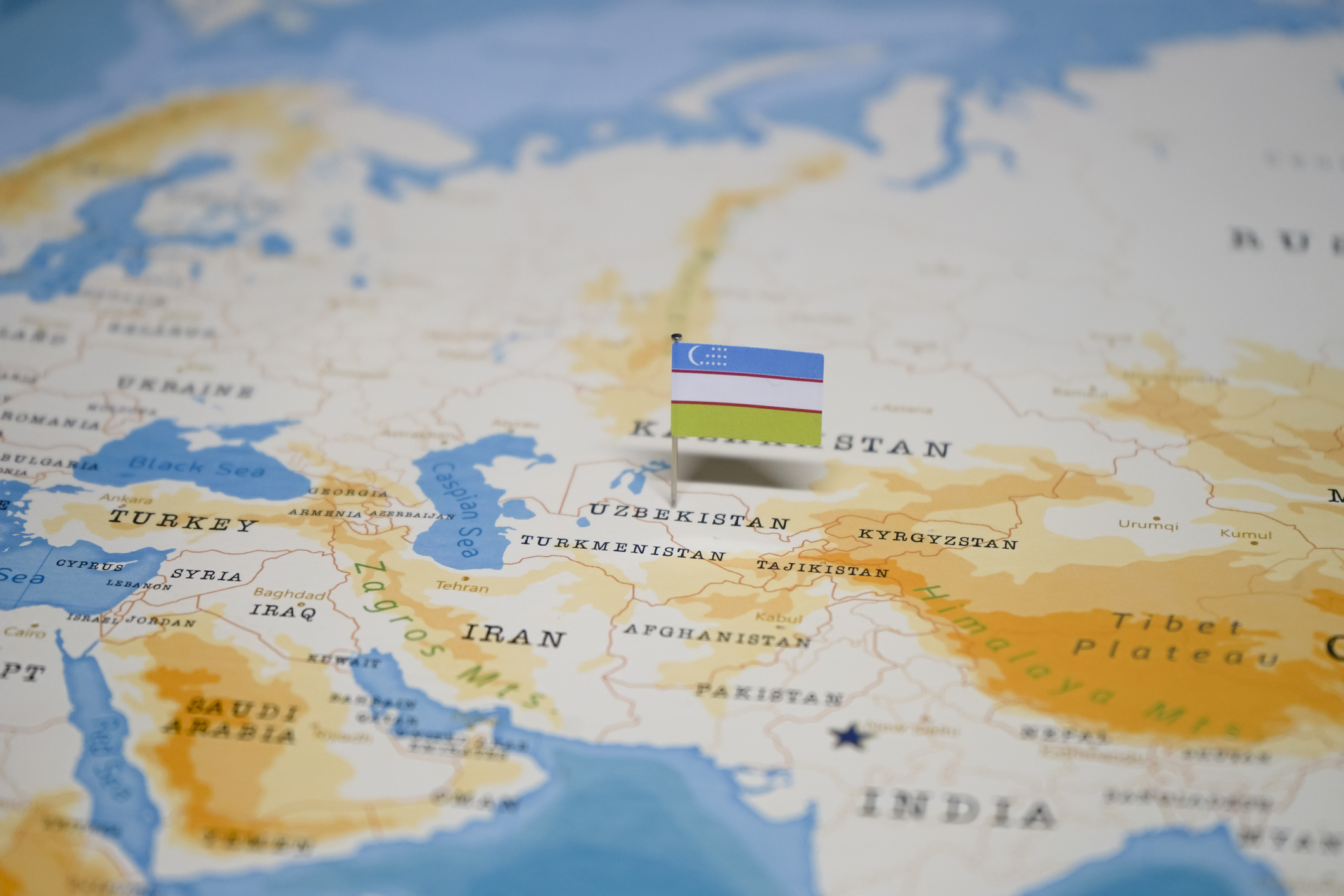Uzbekistan’s Military Capabilities in an Age of Uncertainty
With ongoing conflicts in Ukraine and the Middle East, questions surrounding military capability and readiness have become increasingly pressing for nations worldwide, particularly those situated near these regions.
Uzbekistan, a strategically located country in Central Asia, presents an intriguing case study of military potential that is often underestimated due to limited official data and misrepresentation in global rankings such as the Global Firepower Index (GFP).
Reassessing Uzbekistan’s Military Strength
Uzbekistan’s military capabilities and strategic assets remain under-explored, as rankings like GFP fail to account for several critical factors. While GFP evaluates countries based on manpower, finances, equipment, geography, resources, logistics, and defense budgets, its 2024 assessment dropped Uzbekistan’s ranking from 62nd to 65th globally, with the country losing its top spot in Central Asia.
However, this ranking does not accurately reflect Uzbekistan’s military realities due to discrepancies in the data.
Reserve Forces: An Overlooked Strategic Asset
One glaring oversight in the GFP assessment is the exclusion of Uzbekistan’s reserve forces, which are deemed non-existent. According to the law “On Service in the Reserve of the Armed Forces of the Republic of Uzbekistan,” all men aged 18 to 35 fit for military service are required to serve in the reserves. This demographic represents approximately 10 million individuals, even if adjusted for health and employment restrictions, the reserve force would still exceed 5 million personnel. This vast reserve offers Uzbekistan a formidable strategic asset that enhances its defense potential, ensuring readiness for prolonged engagements.
Active Troops and National Guard Contributions
The GFP estimates Uzbekistan’s active troop strength at 48,000 with an additional 20,000 paramilitary personnel. However, data from the World Bank indicates active troop strength closer to 68,000. Additionally, the National Guard, a critical paramilitary component, comprises over 30,000 personnel. This significantly expands Uzbekistan’s operational capacity, offering a robust foundation for national defense.
Defense Budget: An Underestimated Indicator
The GFP lists Uzbekistan’s defense budget at $796 million, but the actual figure is closer to $3 billion. This discrepancy underscores the country’s commitment to modernizing and training its armed forces. Additionally, Uzbekistan’s purchasing power parity (PPP) is estimated by GFP at $270 billion, while the accurate figure is $319 billion. This stronger economic footing supports sustained investment in defense capabilities, ensuring strategic and operational readiness.
Logistics and Infrastructure: The Backbone of Readiness
Uzbekistan boasts a well-developed logistical infrastructure, including warehouses, repair bases, and transportation hubs essential for sustained military operations. Its extensive railway and highway networks facilitate rapid troop and equipment mobilization, enhancing strategic mobility.
These logistical advantages play a crucial role in maintaining combat readiness and operational flexibility, yet they remain underrepresented in global assessments.
Modernization and Technological Advancements
In recent years, Uzbekistan has undertaken significant modernization efforts, replacing outdated equipment with modern tanks, armored vehicles, and missile systems.
Furthermore, investments in cyber defense and electronic warfare have strengthened the country’s ability to operate in modern combat environments.
These advancements, critical to contemporary military strategy, remain underreported in global rankings.
Training and International Cooperation
Uzbekistan’s armed forces benefit from comprehensive training programs aligned with international standards. Regular exercises, conducted both independently and with global partners, enhance tactical skills and professionalism.
These collaborations bolster the flexibility and preparedness of Uzbekistan’s military for a variety of scenarios, further solidifying its defense capabilities.
Geopolitical Significance and Strategic Resources
Located at the heart of Central Asia, Uzbekistan’s geographic position provides a strategic advantage, enabling swift responses to regional threats. While GFP accounts for factors such as territory and borders, it overlooks the broader implications of Uzbekistan’s central location for regional security dynamics.
Additionally, Uzbekistan’s energy independence serves as a strategic asset.
With annual natural gas production exceeding 46 billion cubic meters and significant coal reserves, the country can sustain military operations without external resource dependencies.
This self-sufficiency is critical for long-term military readiness and resilience.
Conclusion
The Global Firepower assessment does not adequately capture Uzbekistan’s military potential due to outdated data and an incomplete consideration of key factors.
A reassessment, incorporating reserve forces, accurate budgetary figures, logistical infrastructure, modernization efforts, and energy independence, would provide a more comprehensive and realistic portrayal of Uzbekistan’s military strength.
Such a reevaluation not only elevates Uzbekistan’s position in global rankings but also highlights its pivotal role in ensuring regional stability and security.
Mirshohid Aslanov is the founder of the Center for Progressive Reforms in Tashkent.
Credit Graphic: ID 140215791 © Hyotographics | Dreamstime.com

